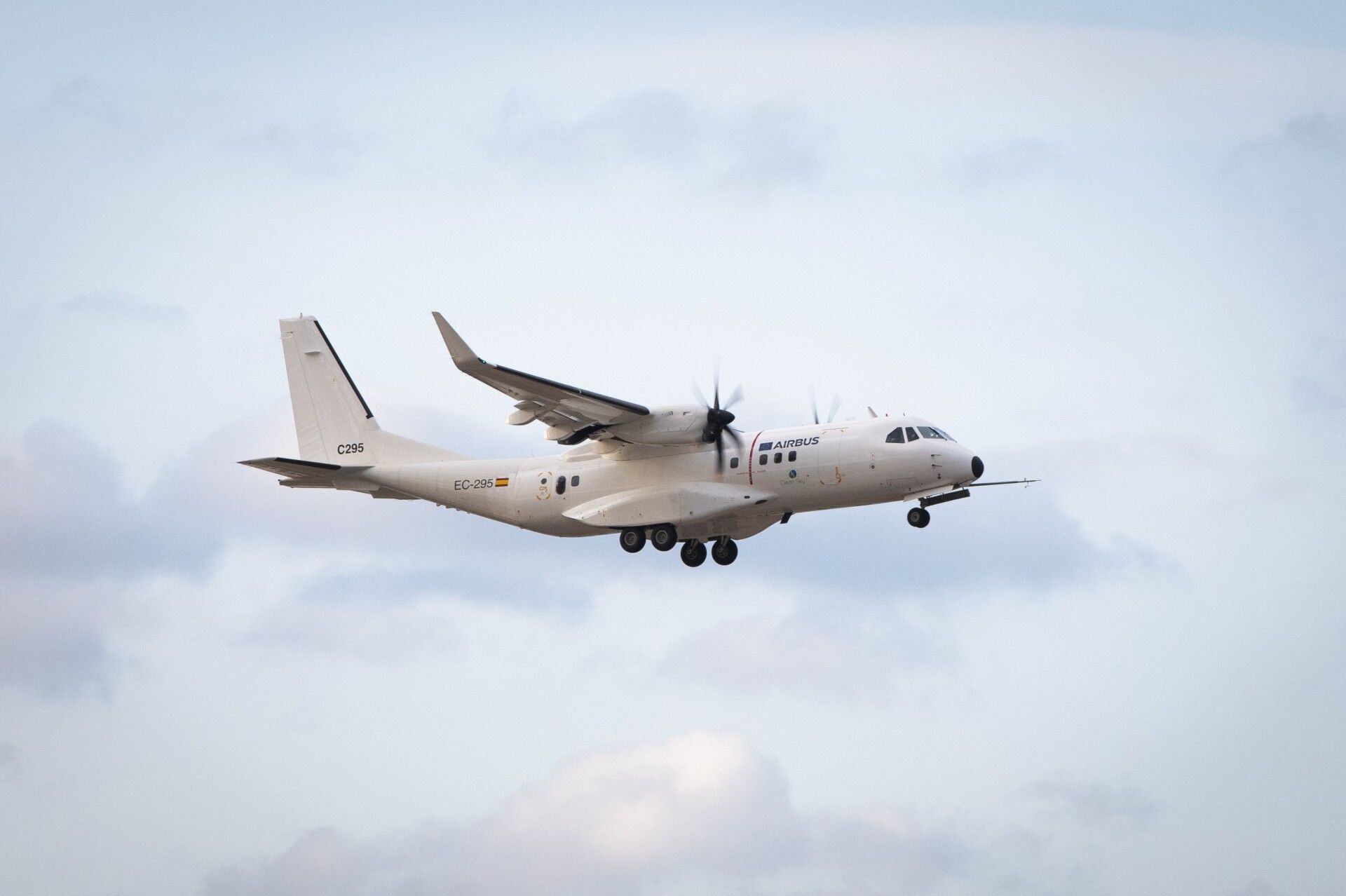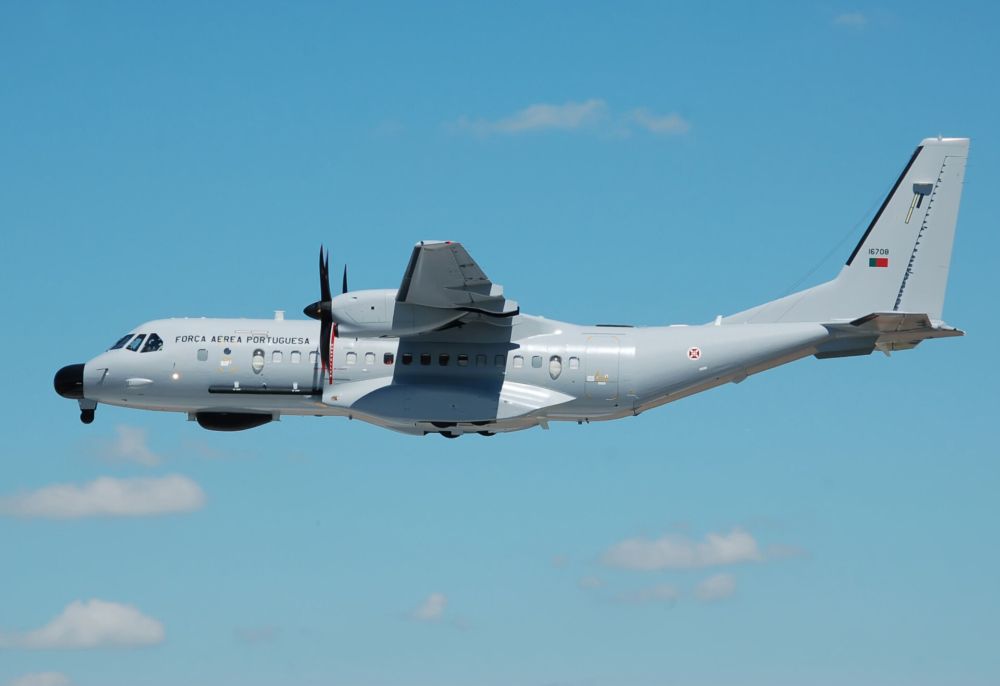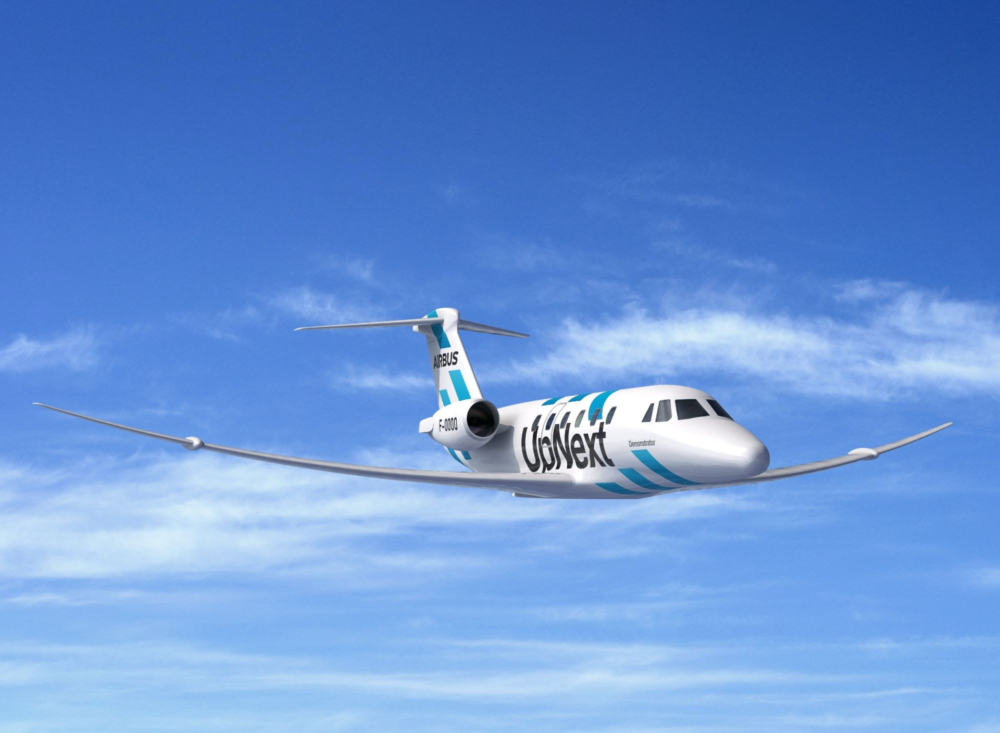Airbus is on a mission to improve efficiency through semi-morphing wings and a control system that can change their shape in flight. On Wednesday, the planemaker announced that the program's demonstrator aircraft, the C295 Flight Test Bed 2, had successfully completed its first flight.
European planemaker Airbus said today that its C295 technology demonstrator had successfully performed its maiden flight from the final assembly line in Seville, Spain. The aircraft, Airbus C295 Flight Test Bed 2 (FTB2), will now commence a series of flights testing its new semi-morphing wing. Furthermore, it will evaluate a new flight-control system and a SatCom antenna embedded within the aircraft’s fuselage.
Clean Sky 2 and Horizon 2020 project
The Airbus C295 is a military tactical transport aircraft designed by Spanish company CASA in the 1990s, entering service with the Spanish Air Force in 2001. Airbus is using the model as a testbed for the European Clean Sky 2 (CS2) and the EU Horizon 2020 research and innovation program.
“The first flight of the C295 FTB2 is a key milestone that represents an important step forward in the programme, following the successful integration of the new aerostructures, power-on and ground tests. A few years ago, this programme was just a dream of a more sustainable future for aviation. Today we are at the final stage and we finally made it fly,” Francisco Javier Sánchez Segura, Executive Vice President Engineering Airbus Defence and Space, said in a statement.
In-flight adjustments to primary control surfaces
The main modifications to the C295 in-flight demonstrator include a new high-efficiency semi-morphing wing. In addition, the planemaker says, an innovative flight control system for primary control surfaces is capable of adjusting these in-flight. This leverages digital control systems to optimize the aerodynamic shape of the wing in flight.
Airbus has also redesigned a new, multifunctional flap to include flap tabs in the trailing edge controlled by electromechanical actuators. The testbed aircraft also has new, dynamic winglets and, as previously mentioned, a flat SatCom antenna integrated into the fuselage.
The manufacturer says it has also shifted from a conventional ribs approach assembly method for the new composite winglet and winglet tab. Instead, it uses a multi-spar integrated torsion box, as well as jig-less methods for assembling flaps and ailerons.
The modifications and technologies applied in the FTB2 program are intended to reduce noise (45% less during take-off) and CO2 (up to 43%) as well as NOx (70%) emissions.
Stay informed: Sign up for our daily and weekly aviation news digests.
Parallel project to the X-Wing
In September last year, Airbus launched another extra-performing wing demonstrator project with a Cessna Citation VII business jet platform through its wholly-owned subsidiary Airbus UpNext. The project is commonly referred to as X-Wing in a nod to the iconic sci-fi rebel fighter jet. It will test flapping wingtips and multifunctional trailing edges for future aircraft.
What do you think of Airbus's new technology? Leave a comment in the section below and let us know.



